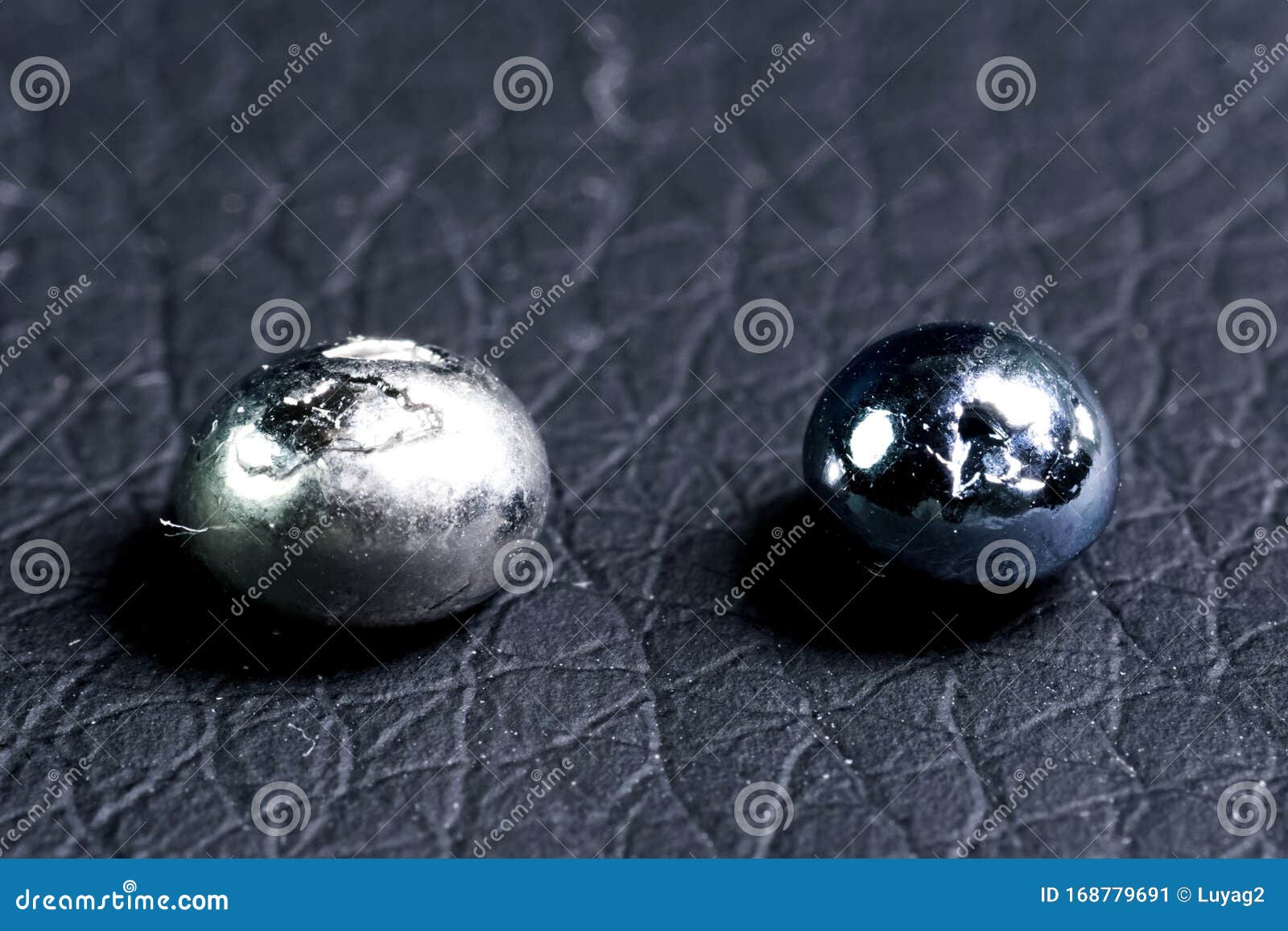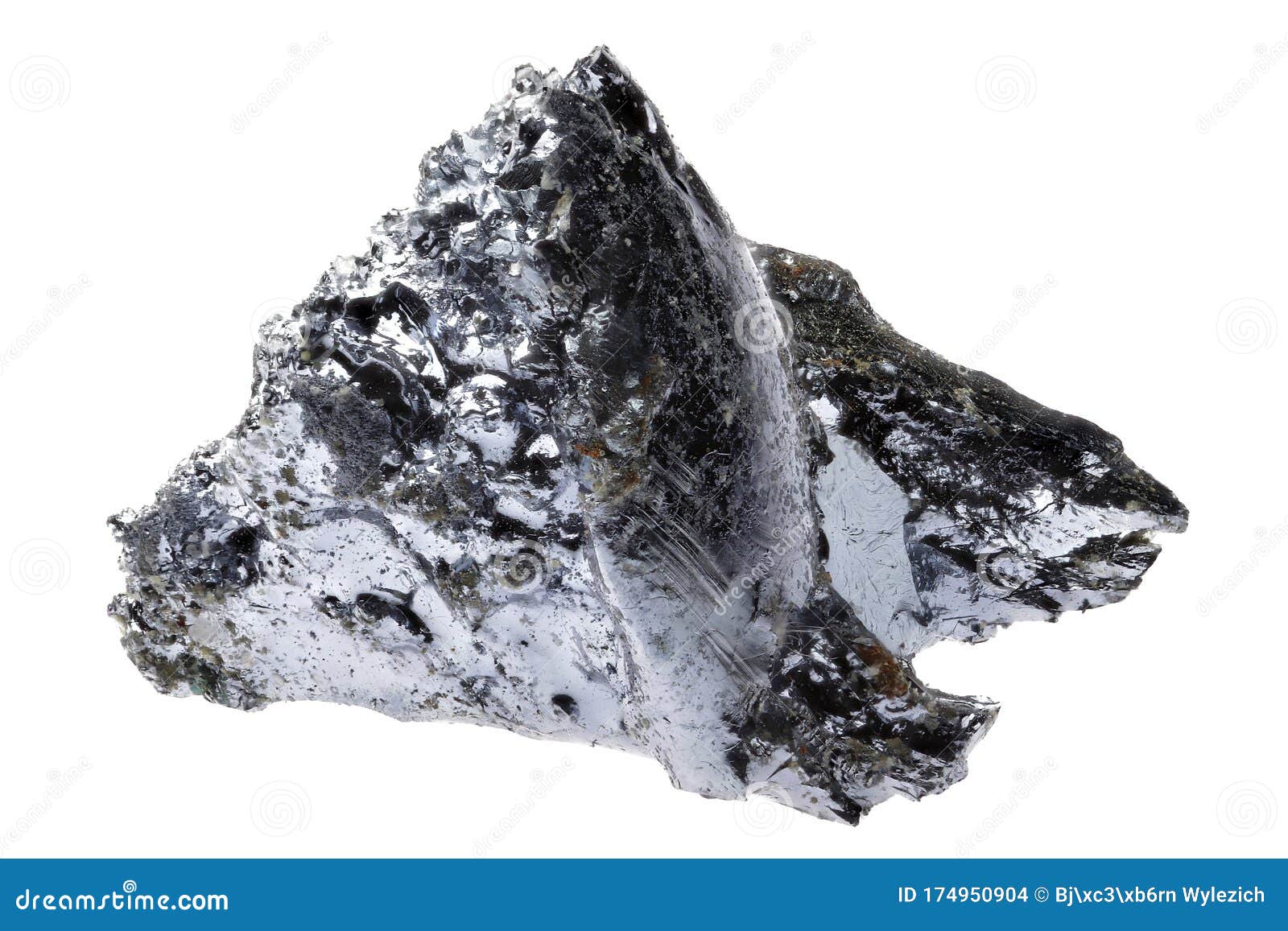The Heaviest Metals On Earth: Osmium And More
So here we are, diving headfirst into the world of heavy metals—not the rock genre, but the real deal. Osmium, one of the heaviest metals on Earth, is about to take center stage in this article. If you've ever wondered what makes some metals heavier than others, or why osmium holds such a significant place in the periodic table, you're in the right spot. Let's crack open the science behind these dense wonders!
Now, before we get too technical, let me set the scene for you. Metals are fascinating, and their properties range from the mundane to the downright extraordinary. Osmium, in particular, is a beast when it comes to density. It's not just heavy; it's mind-blowingly dense. But what does that even mean? Why should we care? Well, buckle up because we're about to explore the ins and outs of osmium and other heavyweights in the metal kingdom.
By the end of this article, you'll have a solid understanding of why osmium is considered one of the heaviest metals on Earth, its practical applications, and how it compares to other heavy hitters in the periodic table. Plus, we'll sprinkle in some fun facts, stats, and real-world examples to keep things engaging. Let's dig in!
Table of Contents
- Introduction to Osmium
- Density: What Makes Osmium So Heavy?
- Key Properties of Osmium
- Osmium vs. Other Heavy Metals
- Practical Uses of Osmium
- Biological Effects and Safety
- A Brief History of Osmium
- Environmental Impact
- The Future of Osmium
- Wrapping It Up
Introduction to Osmium
Alright, let's kick things off with a proper introduction to our star player: osmium. Osmium, with the chemical symbol Os, is a transition metal that belongs to group 8 of the periodic table. It's known for its incredible density, which clocks in at a whopping 22.59 grams per cubic centimeter. That's heavier than gold, platinum, and even iridium. But what exactly makes osmium so special?
Osmium was first discovered back in 1803 by Smithson Tennant, an English chemist. He isolated it from platinum ore, and since then, it's been a topic of fascination for scientists and metallurgists alike. Its name comes from the Greek word "osme," meaning "smell," due to its distinctive odor when reacted with oxygen. Now, that's one metal with a nose for attention!
Why Is Osmium Important?
Despite its rarity, osmium plays a crucial role in various industries. Its incredible density and resistance to wear make it ideal for applications where durability is key. From fountain pen nibs to electrical contacts, osmium finds its way into some pretty cool gadgets and tools. But more on that later!
Density: What Makes Osmium So Heavy?
So, let's talk about the elephant in the room—or rather, the metal in the lab. Why is osmium so darn heavy? The answer lies in its atomic structure. Osmium has an atomic number of 76, meaning it has 76 protons in its nucleus. Combine that with its tightly packed crystal structure, and you've got a recipe for some serious density.
Think of it like this: imagine trying to fit as many marbles as possible into a jar. Osmium's atoms are like those marbles, packed so tightly together that there's barely any space between them. This arrangement gives osmium its extraordinary weight-to-volume ratio, making it one of the heaviest metals on Earth.
How Does Osmium Compare?
When it comes to density, osmium doesn't mess around. To put things into perspective, here's a quick comparison:
- Osmium: 22.59 g/cm³
- Gold: 19.32 g/cm³
- Platinum: 21.45 g/cm³
- Iridium: 22.56 g/cm³
As you can see, osmium edges out its competitors in the density department. But density isn't the only factor that makes osmium unique. Its other properties also set it apart from the rest of the metal pack.
Key Properties of Osmium
Let's dive deeper into what makes osmium tick. Aside from its density, this metal boasts a range of impressive properties that make it stand out in the world of materials science. Here are some of the highlights:
- High Melting Point: Osmium melts at a scorching 3,033°C (5,491°F), making it one of the most heat-resistant metals.
- Hardness: It's incredibly hard, with a Mohs hardness of around 7, which is comparable to quartz.
- Corrosion Resistance: Osmium is highly resistant to corrosion, even in harsh environments.
- Toxicity: While osmium itself is relatively stable, its compounds, like osmium tetroxide, are highly toxic and should be handled with care.
These properties make osmium a go-to choice for applications where durability and resistance to wear are critical. But like any metal, it has its limitations, which we'll touch on later.
Osmium vs. Other Heavy Metals
Now that we've covered osmium's key properties, let's compare it to other heavy metals. While osmium holds the crown for density, other metals bring their own strengths to the table. Here's a quick rundown:
Iridium: The Density Rival
Iridium, osmium's closest competitor in the density race, is almost as heavy, with a density of 22.56 g/cm³. It's also incredibly hard and resistant to corrosion, making it a valuable material in various industrial applications.
Platinum: The Noble Metal
Platinum, while not as dense as osmium, is prized for its malleability and catalytic properties. It's widely used in jewelry, electronics, and even medical devices.
Gold: The King of Metals
Gold, with its lower density of 19.32 g/cm³, may not be as heavy as osmium, but it's unmatched in terms of its aesthetic appeal and conductivity. It's a favorite in both jewelry and electronics.
Each of these metals has its own unique set of properties, making them indispensable in different fields. But when it comes to sheer density, osmium reigns supreme.
Practical Uses of Osmium
So, what exactly do we use osmium for? Despite its rarity and toxicity, osmium finds its way into a variety of applications. Here are some of the most notable ones:
- Fountain Pen Nibs: Osmium's hardness and wear resistance make it perfect for pen nibs that need to last a lifetime.
- Electrical Contacts: Its ability to withstand high temperatures and resist corrosion makes it ideal for use in electrical components.
- Catalysts: Osmium compounds are used as catalysts in certain chemical reactions, particularly in the pharmaceutical industry.
- Research and Development: Scientists continue to explore new uses for osmium, particularly in cutting-edge technologies like nanotechnology.
While osmium's applications may not be as widespread as some other metals, its unique properties make it indispensable in specific fields.
Biological Effects and Safety
Now, let's talk about the elephant in the lab coat: osmium's safety profile. While osmium itself isn't particularly toxic, its compounds, especially osmium tetroxide, are highly hazardous. Inhalation, ingestion, or skin contact with these compounds can cause serious health issues.
Here are some key safety tips:
- Always handle osmium compounds in a well-ventilated area.
- Wear appropriate personal protective equipment (PPE) when working with osmium.
- Dispose of osmium waste according to local regulations to prevent environmental contamination.
Safety first, folks! While osmium has its uses, it's important to respect its potential hazards.
A Brief History of Osmium
Let's take a trip back in time to explore the history of osmium. Discovered in 1803 by Smithson Tennant, osmium was initially isolated from platinum ore. Its discovery marked a significant milestone in the study of transition metals and opened the door to further research into heavy metals.
Over the years, scientists have continued to uncover new properties and applications for osmium. From its use in early fountain pens to its role in modern electronics, osmium has come a long way since its discovery over two centuries ago.
Environmental Impact
As with any industrial material, osmium's environmental impact is a topic of concern. While osmium itself is relatively stable, its extraction and processing can have significant environmental consequences. Here are some key considerations:
- Mining: The mining of osmium-bearing ores can lead to habitat destruction and soil erosion.
- Processing: The chemical processes used to extract osmium can release harmful byproducts into the environment.
- Recycling: Efforts to recycle osmium and other heavy metals are crucial to minimizing their environmental footprint.
It's essential for industries to adopt sustainable practices to ensure that the benefits of osmium don't come at too high a cost to the planet.
The Future of Osmium
So, where does the future of osmium lie? As technology continues to advance, new applications for this remarkable metal are sure to emerge. From cutting-edge materials science to breakthroughs in medicine, osmium has the potential to play a starring role in the innovations of tomorrow.
However, the challenges of sustainability and safety will need to be addressed to ensure that osmium's use remains responsible and ethical. By balancing innovation with environmental stewardship, we can harness the power of osmium while minimizing its impact on the world around us.
Wrapping It Up
And there you have it—a deep dive into the world of osmium and other heavy metals. From its incredible density to its diverse applications, osmium is a metal that deserves our attention. Whether you're a scientist, an engineer, or just someone with a curiosity for the natural world, there's something fascinating about this heavyweight champion of the periodic table.
So, what do you think? Are you ready to explore the wonders of osmium further? Leave a comment below and let me know your thoughts. And if you found this article helpful, don't forget to share it with your friends and colleagues. Together, let's keep the conversation going about the incredible metals that shape our world!

Osmium, Metal Pieces for Sample. Heaviest Metal is Osmium Stock Image

What is osmium (Os)? An overview of the rarest and densest precious

Osmium, Metal Pieces For Sample. Heaviest Metal Is Osmium Stock Image